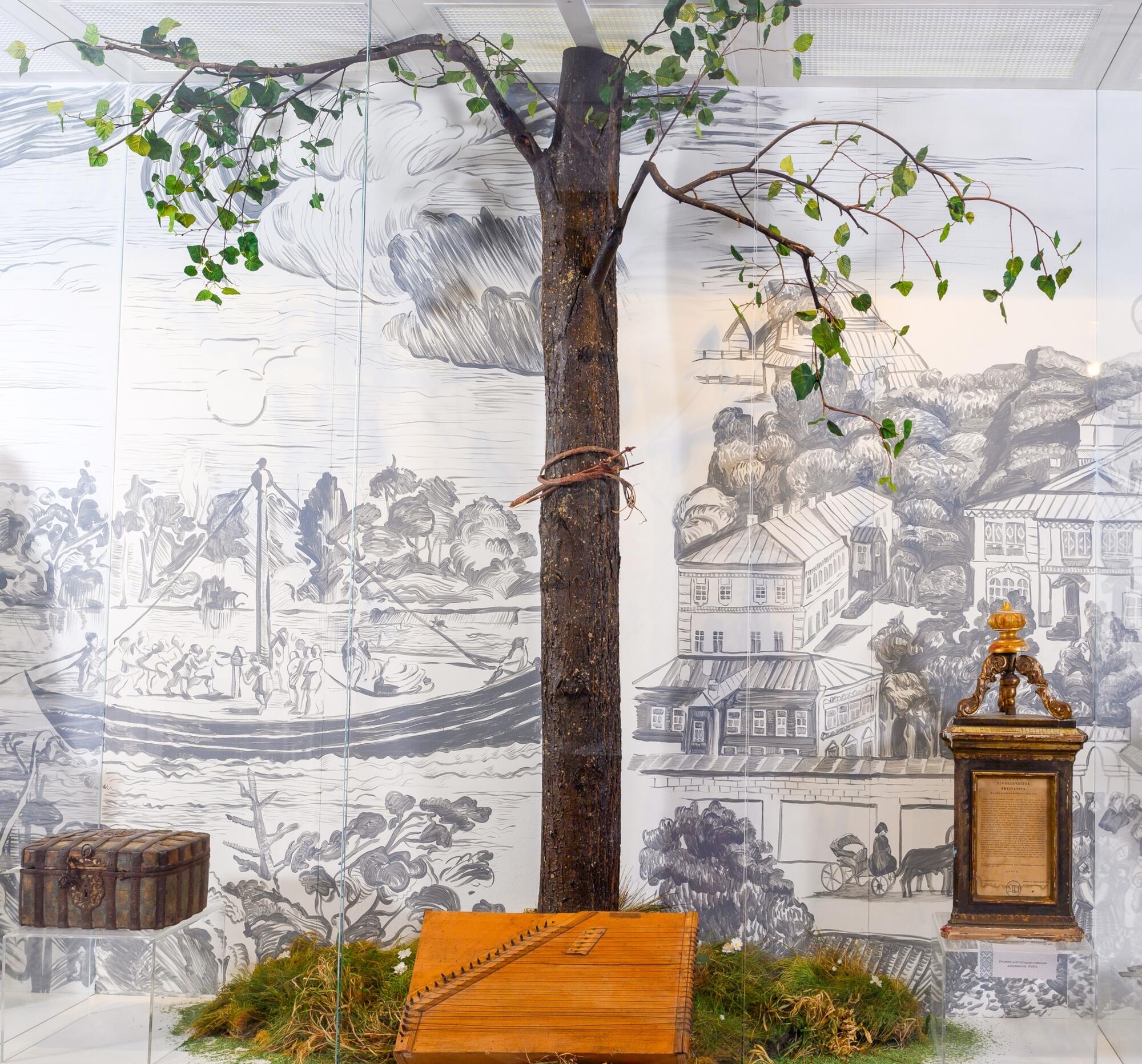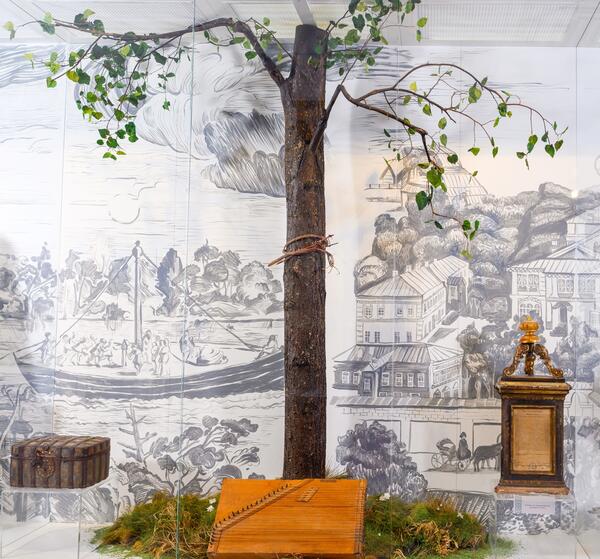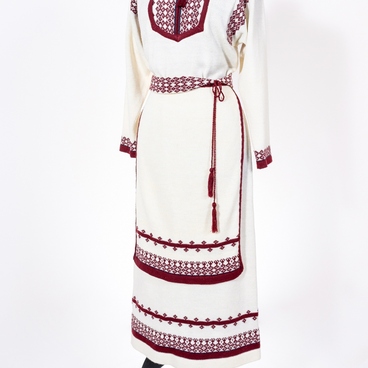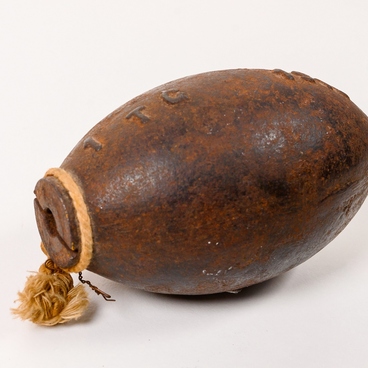In ancient times, various peoples believed in nature deities. The Mari worshiped numerous gods in special groves that were considered sacred. Rituals often involved sacrificing animals and birds. As a rule, the sacred groves were located on hills in the middle of fields or along rivers. Sometimes, rituals required a small enclosed area in the woods. Some groves belonged to a family or a district, while others could be used by anybody. Each grove usually had three special entrances: sacrificial animals were brought from the east, spring water was carried from the south, and worshippers entered the grove from the west.
In the late 19th and early 20th centuries, all-Mari prayer sessions took place in Mari El and involved up to 3,000 people from various districts of the Kazan and Vyatka governorates. Different types of prayer sessions were organized every year, 3 years, 4-6 years, or 15-20 years. The locations were chosen by pagan priests called karts, who were elected from the most respected peasant community members. They also conducted prayer sessions, lighted ritual candles, and called to the gods to hear people’s prayers and accept sacrifices. The worshippers faced the onapu sacred tree — its trunk tied around with embroidered towels or a bast belt — and called to the gods. During prayers, they often asked for peace, prosperity, good weather, abundant harvest, and success in any activity.
Linden, birch, and oak trees were most often used as onapu. The number of sacred trees in the groves corresponded to the number of the gods called to by the prayers.
A table covered with spruce or fir branches was traditionally set in front of the onapu. Sacrificial food for the gods was put there and consisted of special flatbread called sherginde, pancakes, cheese, and a honey beverage called shorva. Some food and sacrificial animal bones were put in a fire: it was believed that it would help to deliver the gifts to the gods faster. The number of sacrificial bonfires equaled the number of the main gods, ranging from 3 to 24 for one grove. The meat was not sacrificed; it was cooked on bonfires and eaten by the worshippers during the post-prayer meal.
In the late 19th and early 20th centuries, all-Mari prayer sessions took place in Mari El and involved up to 3,000 people from various districts of the Kazan and Vyatka governorates. Different types of prayer sessions were organized every year, 3 years, 4-6 years, or 15-20 years. The locations were chosen by pagan priests called karts, who were elected from the most respected peasant community members. They also conducted prayer sessions, lighted ritual candles, and called to the gods to hear people’s prayers and accept sacrifices. The worshippers faced the onapu sacred tree — its trunk tied around with embroidered towels or a bast belt — and called to the gods. During prayers, they often asked for peace, prosperity, good weather, abundant harvest, and success in any activity.
Linden, birch, and oak trees were most often used as onapu. The number of sacred trees in the groves corresponded to the number of the gods called to by the prayers.
A table covered with spruce or fir branches was traditionally set in front of the onapu. Sacrificial food for the gods was put there and consisted of special flatbread called sherginde, pancakes, cheese, and a honey beverage called shorva. Some food and sacrificial animal bones were put in a fire: it was believed that it would help to deliver the gifts to the gods faster. The number of sacrificial bonfires equaled the number of the main gods, ranging from 3 to 24 for one grove. The meat was not sacrificed; it was cooked on bonfires and eaten by the worshippers during the post-prayer meal.



